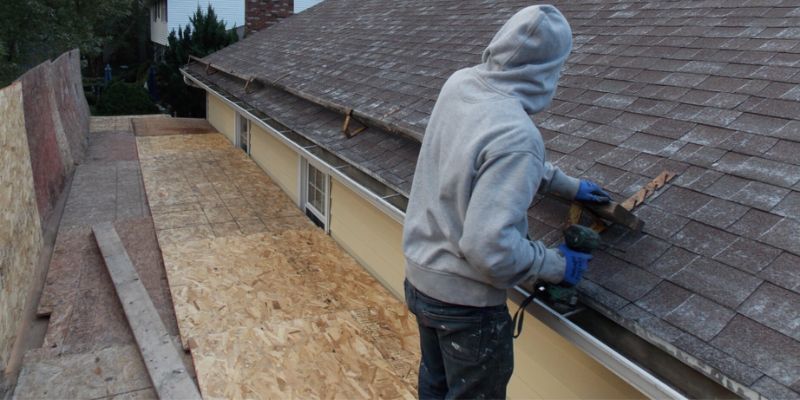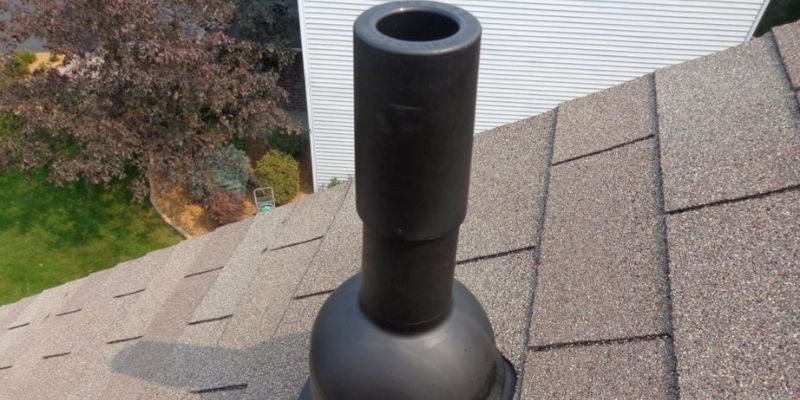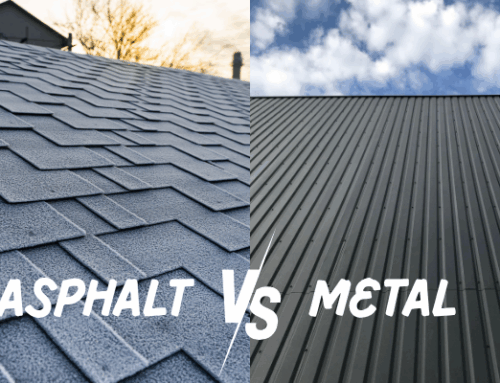Your roof should shield and insulate your house from the chilly winter months. You have to have a strategy for shielding your roof against harm– do you have a winter-ready roof?
To keep your house warm and secure throughout the winter, you need to clear away any debris and damage from the previous season to get ready for the change of seasons.
Use these winter roofing strategies to get your roof ready…
#1 Trim and get rid of hanging branches
While trees can provide additional shade protection in the summer, they can also cause damage to your roof during winter storms. On impact, branches can damage your roof and scrape the shingles. Trees that have fruit, leaves or needles might drop debris onto your roof, which can lead to the growth of mold and mildew.
Consult an expert before trimming or removing overhanging branches from your trees. A specialist in the tree business can assist you in protecting your house in an environmentally responsible manner and will be familiar with the tree-cutting laws in your neighborhood.
#2 Eliminate accumulated debris, dirt & leaves
Over time, your roof could accumulate dirt, leaves and other debris. The debris and leaves on your roof block your gutters and cause mold to develop on your roof because this debris retains moisture. Debris removal from your roof promotes healthy water runoff and safeguards the roof’s structural integrity. You could install gutter screens or guards in the fall to avoid debris accumulation.
#3 Examine the edges of your roof

Ice dams that form in the wintertime may cause structural damage to the edges of your roof. Install the appropriate ventilation system to guard against cold-weather damage to the edge of your roof. To determine whether you require new flashing, you should inspect your roof’s edges for any variations in pitch.
#4 Do you need new flashing?

A piece of metal called flashing encircles the edges of your roof. Look for any variations in elevation, such as going from shallow to deep, or a convex or concave form on the borders of your roof to determine whether flashing is necessary. The margins of your roof may require flashing installed if you see any unusual shapes there.
Additionally, flashing helps stop leaks and wood rot around the edge of your roof. If you already have flashing that has holes or dents then it may need to be replaced or resealed. At the very least, once a year you should check the flashing on your roof.
#5 Inspect your gutters
The gutters on your house shield it from water damage. If your gutters are blocked, water might freeze when the temperature decreases and form icicles around your house.
Your gutters may fill up with leaves in the fall. The roof, siding and trim of your home might be harmed by an eventual water and snow overflow. If your gutters accumulate too much water or snow, they could potentially come off.
#6 Analyze the condition of the shingles
You will get a clear view of the state of your roof after cleaning it. Check your roof from the top of your home for any cracks, breaks or damage to the shingles. Particularly inspect your chimney, any skylights or any vents, as well as other sections of your roof that are more likely to have leaks. The shingles or the entire roof may need to be replaced if there are any cracks or moisture damage.
Have a professional evaluate your roof for you in the autumn so that it is ready for the winter’s winds and snow. They can evaluate the damage and repair any damaged roof components.
To preserve the guarantee on your roof, keep a record of each roof inspection that is performed. If your roof is more than 10 years old or if any of your shingles are cracked or missing, you could need a new roof.
Summary:
Is your roof ready for winter? If you’d like a professional assessment of your roof’s current condition, and/or you need some repair work done, please call Born Carpentry at 612-747-8003.






